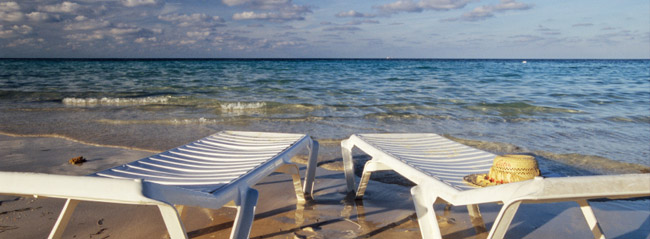Packages To Santiago de Cuba
Quick Facts
Santiago de Cuba is the second largest city in the country and the capital of the Santiago de Cuba Province on the island’s southeastern end. Next to Havana, this city is the country’s cultural hotspot. With a population of just under a half-million, many musicians, revolutionaries, and a large Afro-Cuban community distinguish it from the rest of Cuba. The city, set on the seaside, was founded in 1515 by the Spanish and was one of the first of seven original villas. Today, the city has not only Spanish colonial influence, but also French and African.
Getting There & Other Transportation
The easiest way to get to the city is by direct international flight to Santiago de Cuba’s airport, Aeropuerto Internacional Antonio Maceo. If your fly into Havana, or if you are staying near Havana and want to make a day trip to Santiago de Cuba, there are buses that leave Havana and arrive in Santiago de Cuba (with stops along the way at: Santa Clara, Sancti Spiritus, Ciego de Avila, Camaguey, Bayamo, Holguin).
The Cuban ferrocarril (railway) is another way to get around the island. However, train schedules change frequently and depending on the season, they don’t operate on a daily basis.
Renting a car in Cuba is a great way to see the country-side. The highways are toll-free and the Carretera Central and Autopista Nacional run the length of Cuba.
Hotels & Places to Stay
Although there are less than a dozen hotels within a reasonable distance of the downtown core, there is a wide enough variety for any traveler to find what they are looking for.
Spanish for ‘Private House’, Casas Particular s are home-stays similar to a bed and breakfast although it can also take the form of a vacation rental. Here are some recommended casas particulars:
Casa alejandro Thomas
Casa Asensio
Casa Florinda Chaviano Martinez
Casa Gloria Boue Alanso
Casa Hugo & Adela
Casa Leonardo y Rosa
Casa Maruchi
As far as hotels go, here are some hotels available in and around Santiago de Cuba:
Casagranda (Located in the city)
Hotel Bucanero (Located in Juragu beach, 25km from the city center)
Melia Santiago de Cuba (Located in the city)
Carrusel Versalles (Located next to the city’s airport)
Hotel Liberdad (Located in the city)
Dining & Nightlife
Although Cuba is not known for its exceptional cuisine, there are some options for those who choose to seek them out. ‘Paladares’ are local eateries in private homes and are popular dining spots in Santiago de Cuba. While most restaurants will serve Cuba’s most common dishes of chicken, pork, beans and rice, paladares restaurants will often have lobster on the menu. Many of the popular spots are located around Plaza Dolores.
There are some Caribbean cuisine restaurants worth checking out:
El Cayo
Paladar Las Gellagas
Pladar Salon Tropical
Restaurant El Morro
Santiago 1900
ZunZun
As far as nightlife goes, local bars open at noon and stay open until that last person leaves (between midnight and 2am). Here are some bars and clubs of interest:
Club 300 (Bar)
Discoteca La Iris (Bar)
Hotel Casa Granda Terrace Bar (Bar
La Taberna de Dolores (Bar)
Casa de la Trova (Club & Music)
Casa de las Tradiciones (Club & Music)
Casa del Caribe (Club & Music)
Patio de Artex (Club & Music)
Patio de los Dos Abuelos (Club & Music)
Attractions
Here are the city’s main attractions:
Outdoor Attractions:
Parque Cespedes
Balcon de Valezques (Terrace with a View)
Bay of Santiago
Santiago Marina
Historical Sites:
Ayuntamiento (town hall)
Catedral de Nuestra Senora de la Asuncion
Plaza de la Revolucion
Cuartel de Moncada (Museo Historico 26 de Julio)
Casa Valzquez
Currency, Culture and Language
The official language in Cuba is Spanish.
There are two official currencies in Cuba: the Cuban peso (CUP) and the Cuban convertible peso (CUC).

